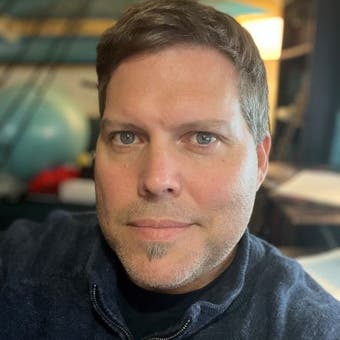Tesla settles lawsuit over Autopilot crash that left Apple engineer dead
Walter Huang died in a fatal crash in March 2018, after the Autopilot feature of the Tesla he was behind the wheel of, steered into a safety barrier on a highway
Apple and Tesla stocks are getting ‘punched’ in 2024: Dan Niles
Satori Fund senior portfolio manager Dan Niles joins ‘Mornings with Maria’ to share his stock picks as investors await March’s jobs report.
Tesla reached a settlement in a lawsuit over the 2018 fatal crash that killed an Apple engineer who was behind the wheel of his Model X while on Autopilot, when the car swerved into a barrier on a highway near San Francisco.
The settlement was made the day before the trial was scheduled to begin, ending a five-year legal battle, according to Reuters, and the terms of the settlement were not disclosed.
Tesla did not immediately respond to Fox News Digital’s request for comment on the matter.
In March 2018, Walter Huang, a 38-year-old Apple software engineer, was driving the Tesla Model X in Mountain View in Autopilot mode at about 70 mph when it crashed into a safety barrier.
TESLA MAY HAVE A FEW ACES UP THEIR SLEEVE: STEVE WESTLY

Close-up of the Tesla Motors logo against a bright blue sky in Pleasanton, California, July 23, 2018. (Smith Collection/Gado/Getty Images / Getty Images)
The National Transportation and Safety Board (NTSB) said Huang had reported issues on prior trips with the Autopilot feature, steering the wheel toward an area between a highway ramp and the left lane. Crossing that portion of the road, known as the "gore area," is a moving violation.
Data from the vehicle showed that in prior trips, Huang had taken corrective action after the vehicle steered itself toward the area. The NTSB said Huang’s hands were not detected on the steering wheel in the final six seconds before the fatal crash that took his life.
In the same report, the NTSB said there was no evidence of braking or evasive action.
ELON MUSK SAYS REUTERS ‘LYING’ IN REPORTING TESLA SCRAPPED PLAN FOR LOW-COST CAR

FILE- Side view of black Tesla Model X SUV. (Smith Collection/Gado/Getty Images / Getty Images)
But the agency found evidence that Huang was playing a game on his smartphone at the time of the crash.
In February 2020, NTSB Chairman Robert Sumwalt said at the start of a hearing that partially automated driving systems like Tesla’s Autopilot do not allow cars to drive themselves, yet drivers continue to use the feature without paying attention.
"If you own a car with partial automation, you do not own a self-driving car," Sumwalt said in opening statements at the time. "This means that when driving in the supposed ‘self-driving’ mode, you can’t read a book, you can’t watch a movie or TV show, you can’t text and you can’t play video games."
TESLA DRIVER IN FATAL CRASH HAD REPORTED PROBLEMS BEFORE WITH ‘AUTOPILOT’ FEATURE
Huang’s family alleged that Autopilot steered his vehicle into a highway barrier, and his attorneys questioned if the car manufacturer understood that drivers likely would not or could not use the Autopilot system as directed.
Still, Tesla contended Huang did not use the Autopilot feature correctly because he was playing a video game before the accident.
Monday’s settlement has the potential of paving the way for future cases suing Tesla over Autopilot. The company currently faces lawsuits over crashes related to the use of Autopilot.
The settlement follows two other trials in California over Autopilot, which Tesla won when it argued the drivers involved did not follow the company’s instructions to maintain attention while using the system.
CLICK HERE TO READ MORE ON FOX BUSINESS
Autopilot is designed to keep a vehicle in its lane and keep a safe distance from vehicles in front of it. It also can change lanes with driver approval. Tesla says Autopilot is intended to be used for driver assistance and that drivers must be ready to intervene at all times.
Reuters contributed to this report.





















